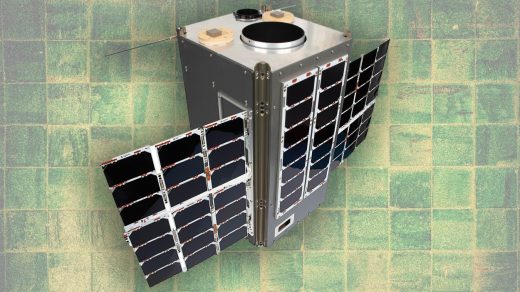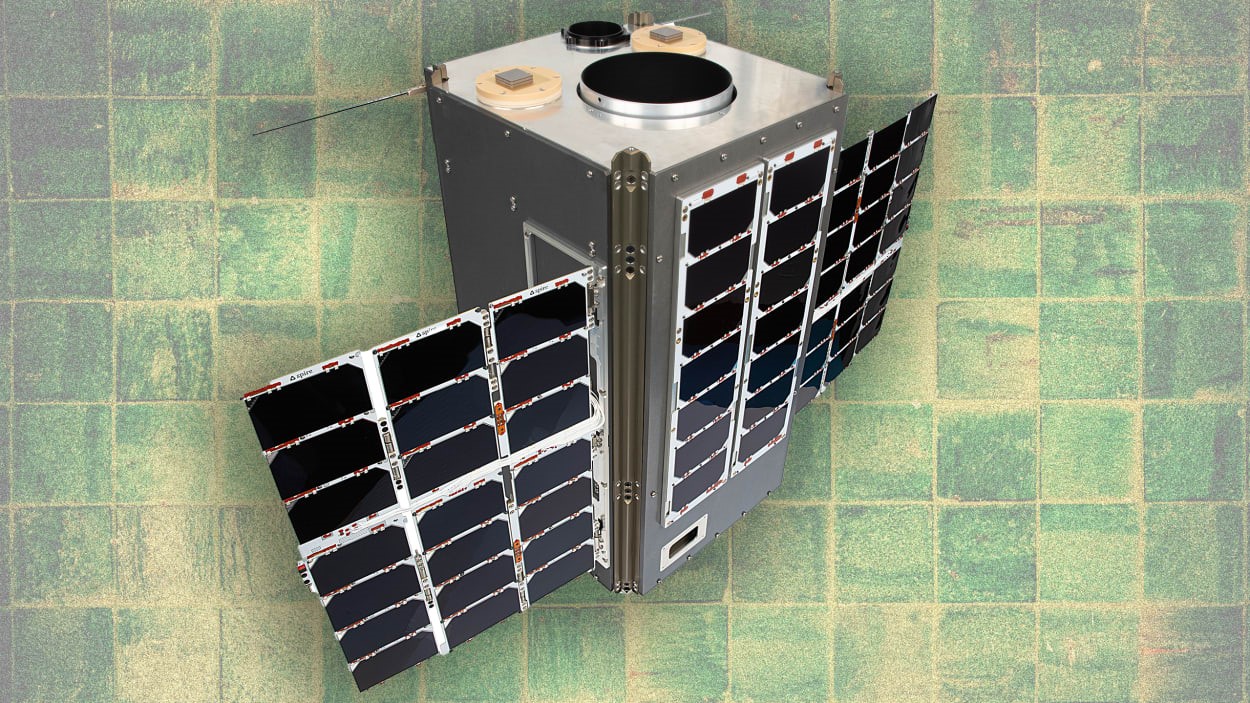This new satellite can measure CO2 emissions at power plants from space
By Adele Peters
A new satellite that launched today is the first to be able to accurately measure how much CO2 is being emitted from a specific power plant or factory.
Companies will be able to buy the data to verify estimates of their emissions, and, in theory, find new ways to reduce them. Governments and nonprofits can also pay for the data to find hidden emissions. “We expect to see a discrepancy in some jurisdictions between what is reported versus what’s actually happening,” says Stephane Germain, founder and CEO of GHGSat, the company that developed the satellite.
Existing satellites from NASA and the European Space Agency can measure CO2 globally but aren’t designed to detect emissions from individual locations. Another project, ClimateTrace, uses satellites and other remote sensing data to find emissions sources—from coal mines to cows—and then estimate what the emissions might be based on the size of a facility and other factors. But GHGSat is the first to measure specific CO2 emissions directly. In the launch happening now, it will validate the tech, and then scale up its coverage with more satellites.
The company, along with some others, already has sensors in orbit that can detect methane, an even more potent greenhouse gas. Oil and gas companies are using that data to find and fix big leaks. “In some cases, they have hundreds of thousands of pieces of equipment and facilities all over the world,” Germain says. “They want help finding their biggest leaks fast because they may not have the technology in place at every single facility on the ground to be able to detect those leaks.”
Over the past two years, he says, the company’s data has helped mitigate the equivalent of 5 million tons of CO2 emissions. Methane, the main component in natural gas, is critical to tackle because it’s such a powerful greenhouse gas—over the short term, it traps around 80 times more heat than CO2. Millions of metric tons are leaked in the U.S. alone each year. And stopping those leaks can have an immediate benefit for the climate.
When companies are able to also track CO2 emissions via satellite, they’ll likely also discover other changes they can make and what to prioritize. “There will be surprises,” says Germain. “There will be different total amounts and magnitudes, and there may be different distributions of sources. You may discover that certain types of processes or certain types of facilities have larger discrepancies, and some should be focused on first.” While the team is beginning with fixed sources of pollution, like factories, it’s also possible to use the technology to measure greenhouses gases from cargo ships and airplanes.
(14)



